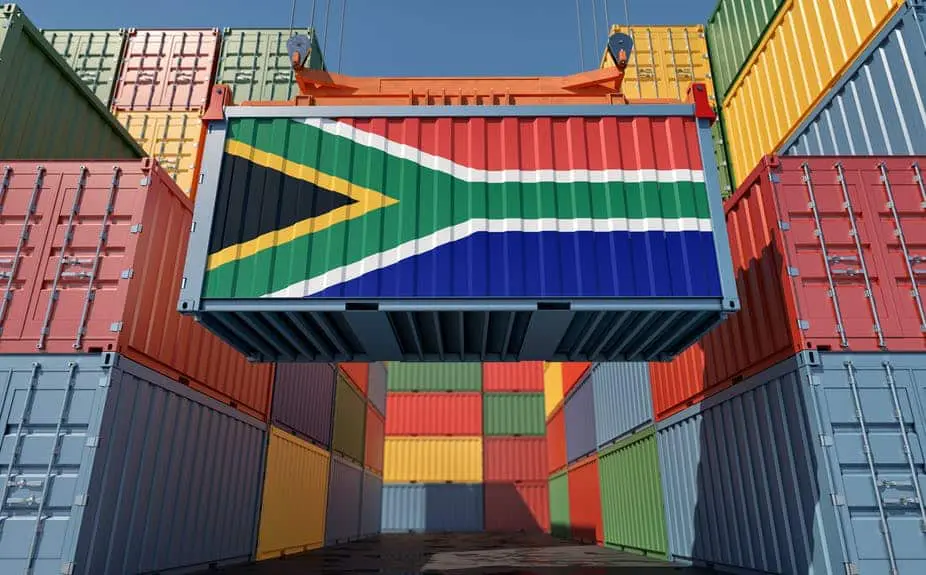Trade documents are documents used by various stakeholders in a trade transaction including buyers, sellers, banks, customs, chambers of commerce, and other bodies as a process of evidencing the performance of contractual obligations, processing payments, financing transactions, transferring of title of goods, and many other services.
Some of the trade documents used include, but not limted to,
1. Bills of exchange
2. Certificate of Origin
3. Bills of lading
4. Delivery orders
5. Warehouse receipts
6. Mate’s receipts
7. Marine insurance policies
8. Cargo insurance certificates
A vast majority of global trade transactions and shipping transaction follows English Law as a basis for contract law or handling trade documents..
The Law Commission was tasked by the UK Government to make recommendations to enable the legal recognition of certain trade documents in electronic form. Subsequently, the Law Commission published its Electronic Trade Documents Report and draft Bill on 16 March 2022.
The Bill has now been placed on the legislative agenda for the year ahead as part of the UK Government’s plan to prioritise the growth and strength of the economy..
As per the Law Commission, “We have published a report with draft legislation which would implement its recommendations to allow for the legal recognition of trade documents such as bills of lading and bills of exchange in electronic form,“..
The documents covered by the recommended reforms relate only to those documents in relation to which possession is relevant for a person to claim the performance of an obligation..
The report defines “document” as below, in an electronic context
“A document in electronic form may comprise multiple components. One component will always be the particular instance of a data string or data structure consisting of functional code, which is logically associated with (and specifically identifies) the human readable part of the document.”
The bill outlines 7 criteria termed “gateway criteria” that a document in electronic form must satisfy in order to constitute an “electronic trade document” for the purposes of the recommendations and the Bill..
- Information – to qualify as an electronic trade document, a document in electronic form must contain the same information as would be required to be contained in the paper equivalent.
- Reliability – any electronic system that is used for the trade documentation process must meet certain standards in the way that it operates and ensure that users are able to “trust” systems used, especially given the potential risk of cybercrime.
- Integrity – Integrity is important for establishing that a document is original or authentic and it must be protected against unauthorised interference or alteration
- Exclusive control – in order to qualify as an electronic trade document, a trade document in electronic form must be susceptible to exclusive control; that is, only one person (or persons acting jointly) must be able to exercise control of a document in electronic form at any one time.
- Divestibility – a trade document in electronic form must also be “divestible”, meaning that the transfer of an electronic trade document must involve the transfer of the document and the control, so that once the document is transferred, a person who was able to exercise control of the document before the transfer is no longer able to do so after the transfer
- Document identification – a trade document in electronic form should be identifiable so that it can be distinguished from any copies and to ensure that copies do not enable “double spending” or use of the copy as the original.
- Personnel identification – in order to qualify as an electronic trade document, the trade document in electronic form must be capable of being uniquely associated with the person or persons who are able to exercise control of it.
Source article: Shipping and Freight Resource
See a related article from the UK Law Commission.
Also see: TFSA Exporter Tools, including Knowledge Guides on various trade topics such as certification and proof of origin.
View a summary document below. The full report can be downloaded at this link.








